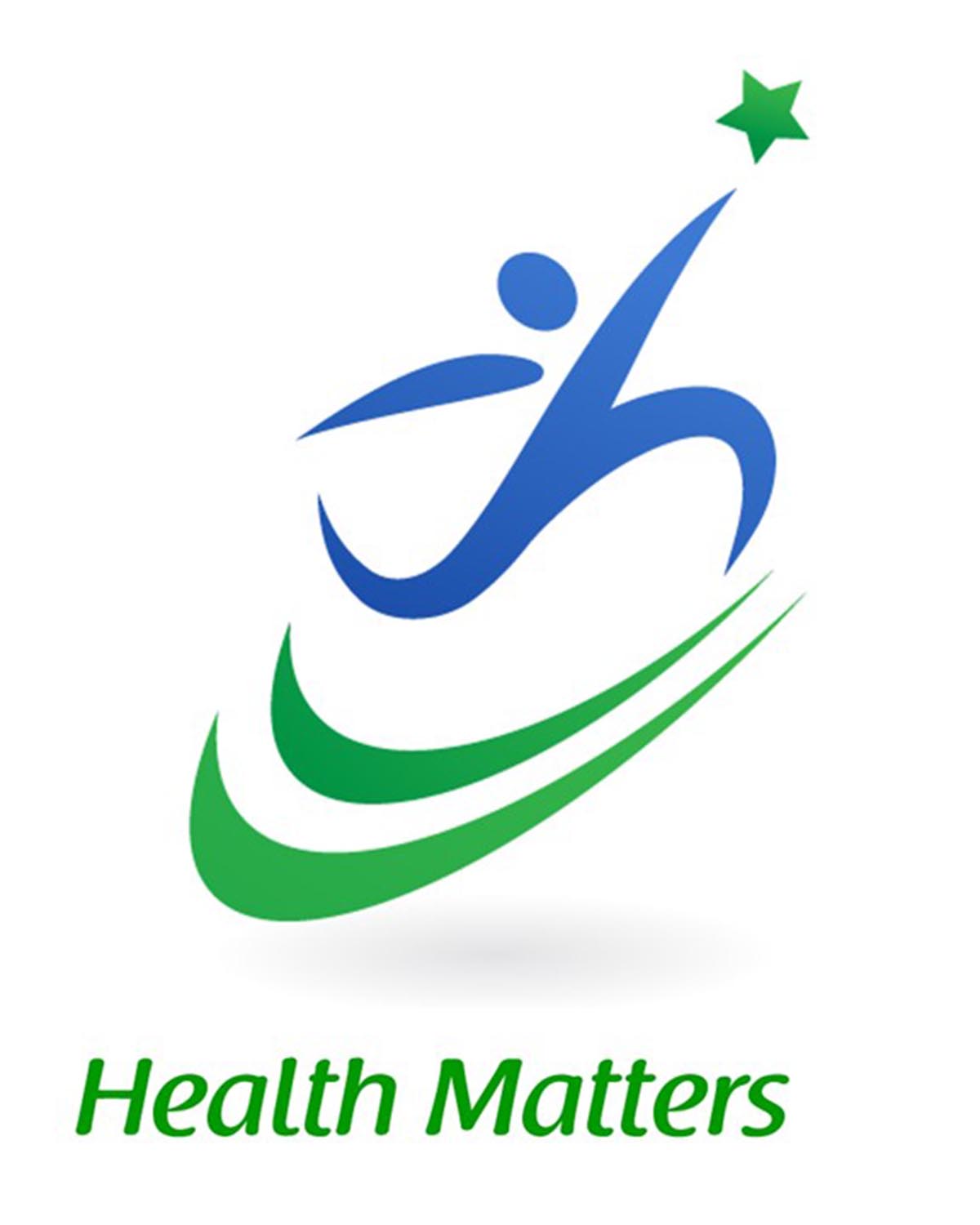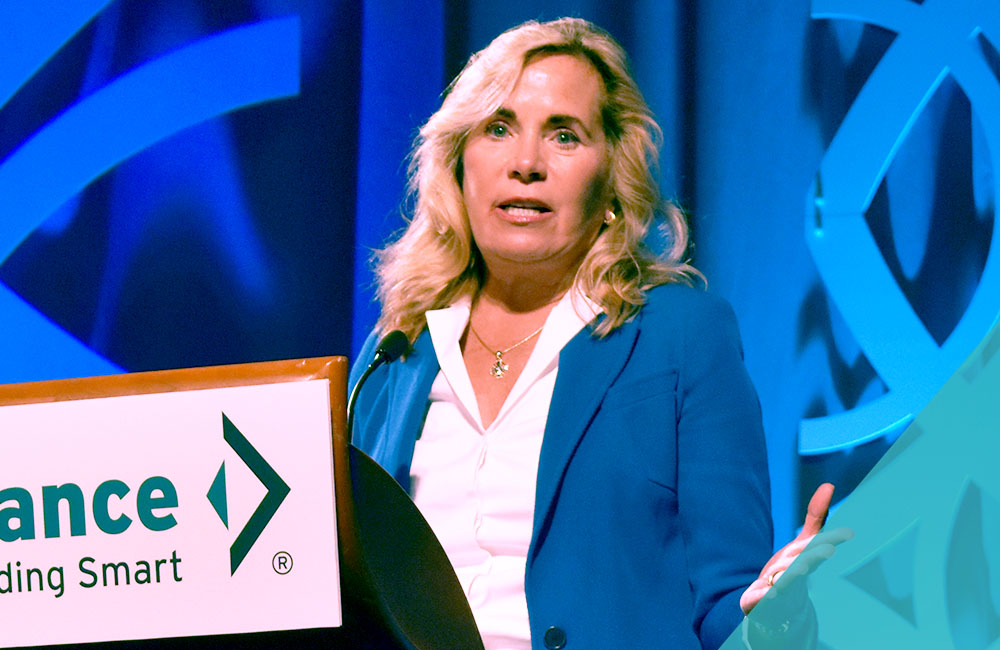
Look to the Community to Build Results-Oriented Wellness Programs
Tap into community resources and activities to help create sustainable results-oriented wellness programs with a bigger impact on employees.
That’s the advice of Emily Moenck, health and wellness manager at Aprilaire. External Link. Opens in new window., a division of Research Products Corp. External Link. Opens in new window.. based in Madison, Wis.
Moenck was one of three wellness experts who shared their strategies for creating results-oriented wellness programs—with community collaboration – at The Alliance Learning Circle on “Wellness Success in the Workplace” at Monona Terrace on Jan. 21, 2016.
Joining Moenck were Lisa Thiermann, member service manager at Wellness Council of Wisconsin, Madison. External Link. Opens in new window., Wis., and Abigail Nadler, health promotions advisor, M3 Insurance. External Link. Opens in new window., Madison, Wis.
blog continues below video
‘Health Matters’
Aprilaire’s focus shifted to include community collaboration when it launched the Health Matters initiative.
“The goal with our Health Matters initiative was to look beyond the workplace and see what resources are available in the community around us,” Moenck said.
Networking with the community can help a company’s wellness efforts gain momentum. Using external resources beyond workplace walls can also help companies change their views of their culture and their efforts.
As an example, Moenck shared an Aprilaire video that shows employees’ viewpoints of why their personal health matters. Many responses focused on staying well so employees could be there for their families.
“That kind of brought it together for a lot of our employees,” Moenck said. Many Health Matters initiatives involve spouses and children, which reflects the reality that employees “don’t check out their bad health when they leave the cube” at the workplace.
Utilizing Community Resources
Utilizing community resources allowed Aprilaire to create more sustainable, long-term projects. Instead of focusing on short-term, one-time projects like “Biggest Loser” weight loss programs, Aprilaire aims to connect employees to great resources and create a path for them to participate.
That starts with looking at the community and asking, “What could we use that’s already in place?” Moenck said.
She suggested looking at community programs or events where there is overlap with the wellness program; where there may be opportunities for partnership; and where goals and resources can be shared to achieve greater results.
Aprilaire decided to focus its wellness efforts on four “buckets” of activities:
- Personal and mental well-being
- Tobacco cessation
- Nutrition
- Increased physical activity.
The buckets were selected to create a sustainable initiative that could be used year after year, Moenck said. “That creates consistency for employees that they really liked.” That consistency is reinforced when the company kicks off its entire year’s plans at the beginning of its yearly meetings.
Community Impact
Volunteering has been an important part of Aprilaire’s efforts to connect employees with outside resources.
For example, the company has:
- Partnered multiple times with the Second Harvest Foodbank of Southern Wisconsin. External Link. Opens in new window.
- Raised money to buy Pack ‘n Plays and meet other needs through St. Vincent de Paul. External Link. Opens in new window.
- Worked with Junior Achievement. External Link. Opens in new window. to place employees in the classroom as teachers and bring high school students into the workplace.
Aprilaire uses its charitable donation policy to encourage employees and family members to participate in community walks, runs and bicycling events. The company reimburses employees for participation and then recognizes their efforts, which works particularly well for field staff located outside of Wisconsin who cannot take part in Madison-area events.
Aprilaire also works with Sustain Dane to incorporate sustainable business practices into its operations.
Better Practices
Working with Community Supported Agriculture (CSA) farms to help employees purchase shares and have vegetables and fruits delivered to the workplace has also helped change the conversation. In addition to serving as a drop-off site, Aprilaire offers food preservation classes and potlucks around CSA produce.
“It creates an ongoing conversation with our employees about what we are getting for food,” Moenck said. Nearly one in five employees have signed up to participate at the Madison and Poynette worksites, with 26 employees already signed up to participate in CSAs for the 2016 growing season. Aprilaire also offers healthy breakroom snacks from the Nature’s Bakery Cooperative available on a self-pay system.
Other wellness initiatives include:
- Subsidizing more than half the cost for employees who take fitness classes at a gym across the street from the Madison campus, with 19 percent of Madison employees participating consistently and 30 percent taking at least one six-week course.
- Supporting “active commuting” to encourage employees to walk or bike to work, including indoor bike parking and two showers added when a Madison building was renovated. Aprilaire promoted the Love To Ride Madison. External Link. Opens in new window. challenge in the fall of 2015, with 21 percent of the Madison workforce participating.
- Scheduling group bicycle rides on local bike paths during the lunch hour, with many participants using the Madison B-cycle. External Link. Opens in new window. stations that allow members to check bikes in and out at 39 sites.
“What we’ve learned is that our employees – and all people –really like to be part of something,” Moenck says. That helps create an environment where positive voices can be heard and new employees can quickly join in. “It gets to the point where the squeaky wheel is drowned out by what is happening in the workplace.”
Beating ‘I-Don’t-Care-Itis’
Thiermann and Nadler honed in on strategies that employers can use to create results-oriented wellness programs. Thiermann noted that all employers are challenged to overcome employees’ “I-don’t-care-itis.”
That attitude is created by factors like environment, nutritional practices, lack of knowledge and other issues. While many of these factors are due to influences outside the workplace, employers cannot afford to ignore issues created by employees’ poor health practices.
“Whether we like it or not, employers are in the health care business,” Thiermann said.
Employers can focus their efforts by applying the Wellness Council of America’s (WELCOA’s) seven benchmarks, comprised of common elements found in successful workplace wellness programs:
- Capture senior-level support.
- Create a cohesive team.
- Collect data.
- Craft an operating plan.
- Choose appropriate interventions.
- Create supportive environments
- Carefully evaluate outcomes.
Effective Strategies for Results-Oriented Wellness Programs
Nadler shared strategies for each of the seven benchmarks that can help wellness teams create successful programs, including some evolving practices. For example, many organizations have recently added financial wellness to the list of important wellness interventions, which also includes physical activity, weight management, stress management, tobacco cessation and medical self-care.
Takeaways from Nadler’s presentation included:
- Consider combining biometric screening, which tells you what employees need, with an employee interest survey, which tells you what they want.
- Health culture audits are gaining in popularity as a way to measure whether the organization is supporting employees as it relates to overall health activation.
- An environmental assessment can help you learn what it feels like to be an employee within your current environment. “Piano stairs”. External Link. Opens in new window. are one example of how wellness can support friendly facilities and proactive policies.
- A positive environment will “hit everybody in the workplace.” Options include a tobacco-free workplace, walk-and-talk meetings, stretching programs, sit/stand desks, and flexible work hours for
physical activity. - Wellness programs need a clearly defined, written operating plan. This plan provides credibility for wellness efforts by showing the C-suite that “you mean business.” It can also help overcome the potential disconnect between support from the C-suite and doubtful middle managers.
- Evaluation can help you determine whether your program is having an impact. Programs should measure participation and satisfaction along with impact on productivity, medical claims, workers’ compensation claims and other issues.
[box]
Learn More about Results-Oriented Wellness Programs
- M3 Insurance Trend Report. External Link. Opens in new window. for workplace wellness programs.
- Read about the Wellness Payoff.
- Well-Being in the Workplace, Once referred to as Wellness is Now More Important Than Ever
[/box]







